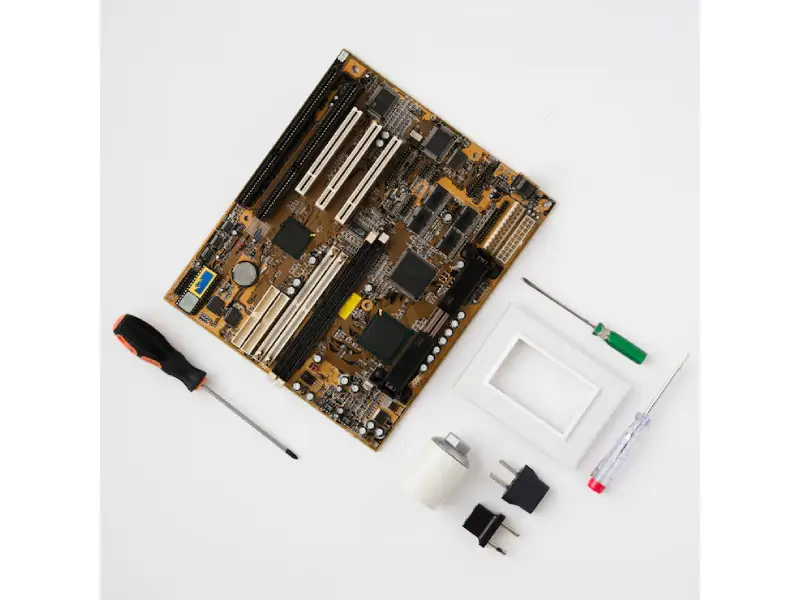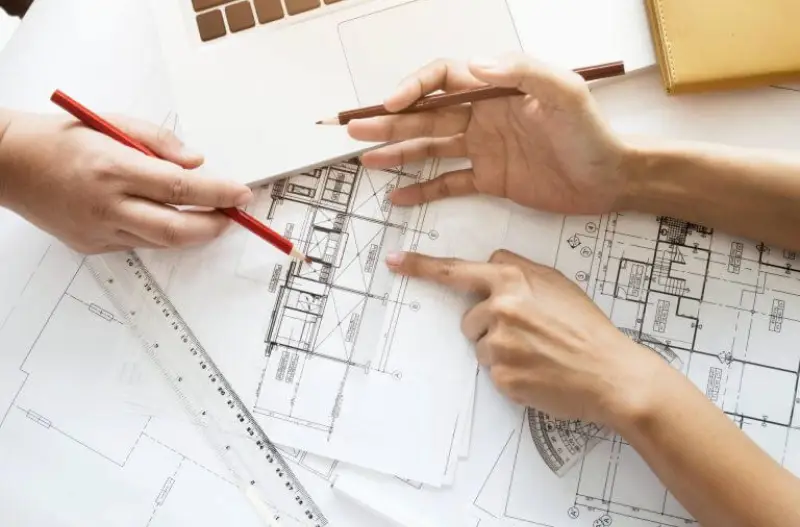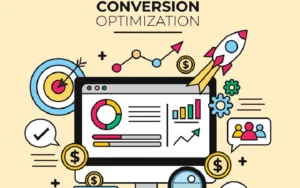From Concept To Creation: Navigating Hardware Product Design
In the realm of innovation and creation, hardware product design stands as a testament to human ingenuity and technological advancement. It encapsulates the intricate process of transforming abstract concepts into tangible, functional devices that enhance our daily lives. From the initial spark of inspiration to the final product launch, the journey of hardware product design is filled with challenges, triumphs, and invaluable lessons. This journey is not merely about engineering prowess or aesthetic appeal; it’s about understanding user needs, navigating technical constraints, and pushing the boundaries of what’s possible. In this comprehensive exploration, we delve into the multifaceted world of hardware product design, uncovering its complexities, nuances, and the artistry that fuels innovation.
Unveiling The Journey Of Hardware Product Design
The journey of hardware product design begins with a spark of inspiration, a vision for creating something that addresses a specific need or enhances existing solutions. This initial phase is marked by brainstorming sessions, research endeavors, and the formulation of a clear design brief. Here, designers immerse themselves in understanding user personas, market trends, and technological landscapes to lay a solid foundation for the project. It’s a phase characterized by exploration, ideation, and the cultivation of creative concepts that will eventually shape the trajectory of the product’s development.

Inside The World Of Hardware Product Design
Step by step, the intricate world of hardware product design unfolds, revealing a tapestry of disciplines, methodologies, and considerations. From conceptualization to prototyping, each phase presents its unique set of challenges and opportunities. Designers must navigate the complexities of material selection, manufacturing processes, and regulatory requirements while staying true to the core vision of the product. Collaboration is key as cross-functional teams come together to synergize their expertise and bring the design to life. It’s a dynamic ecosystem where innovation thrives on collaboration, iteration, and a relentless pursuit of excellence.
Demystifying The Process Of Hardware Product Design
At its core, the process of hardware product design is a blend of art and science, creativity and pragmatism. Demystifying this process requires a deep dive into the methodologies, frameworks, and best practices that underpin successful design endeavors. From user-centered design principles to rapid prototyping techniques, designers employ a myriad of tools and strategies to iterate on concepts, validate assumptions, and refine designs iteratively. It’s a cyclical process of ideation, validation, and refinement fueled by a relentless pursuit of perfection and a commitment to delivering meaningful experiences to end-users.
Exploring The Dynamics Of Hardware Product Design
The dynamics of hardware product design are shaped by a myriad of factors, ranging from technological advancements to market demands and user expectations. Designers must navigate this ever-evolving landscape with agility, foresight, and adaptability. Trends come and go, but the fundamentals of good design remain timeless – clarity, simplicity, and functionality. By staying abreast of emerging technologies, anticipating user needs, and embracing innovation, designers can stay ahead of the curve and carve out a niche in an increasingly competitive market.
A Dive Into The Mechanics Of Hardware Product Design
Beneath the surface of every well-designed product lies a complex network of mechanical components, electrical circuits, and software algorithms working in harmony to deliver seamless functionality. This intricate interplay of mechanics is the backbone of hardware product design, encompassing everything from structural integrity to thermal management and power efficiency. Designers must master the art of balancing form and function, aesthetics and performance, to create products that not only look good but also perform flawlessly in real-world scenarios. It’s a meticulous process that requires attention to detail, precision engineering, and a deep understanding of materials and manufacturing processes.
The Essentials Of Hardware Product Design
In the fast-paced world of hardware product design, success hinges on a few essential principles – innovation, iteration, and empathy. Innovation drives progress, pushing the boundaries of what’s possible and challenging the status quo. Iteration allows designers to refine their ideas, address shortcomings, and uncover hidden opportunities for improvement. Empathy lies at the heart of user-centered design, reminding designers to always put the needs of the end-user first and foremost. By embracing these principles and fostering a culture of collaboration and experimentation, designers can navigate the complexities of hardware product design with confidence and create truly transformative experiences for their audience.
Mastering The Art Of Hardware Product Design
Mastering the art of hardware product design is a lifelong journey, marked by continuous learning, experimentation, and growth. It requires a blend of technical expertise, creative vision, and relentless perseverance to overcome challenges and bring ideas to fruition. From mastering the tools of the trade to honing soft skills such as communication and collaboration, designers must constantly evolve and adapt to stay ahead in a rapidly changing landscape. By embracing the iterative nature of the design process, cultivating a spirit of curiosity and resilience, designers can unlock their full potential and make a lasting impact on the world through their creations.
Conclusion
The journey from concept to creation in hardware product design is a testament to human innovation, creativity, and perseverance. It’s a journey filled with challenges, triumphs, and invaluable lessons that shape the way we interact with the world around us. From the initial spark of inspiration to the final product launch, every step of the process is guided by a commitment to excellence and a relentless pursuit of innovation. By embracing the complexities of design, mastering the art of iteration, and staying true to the needs of the end-user, designers can navigate this dynamic landscape with confidence and create truly transformative experiences that enrich lives and shape the future of technology.
Resource URL:
https://en.wikipedia.org/wiki/Product_design

Fran Peters is a dedicated writer specializing in health and medical content. With a background in healthcare and a passion for helping others lead healthier lives, Fran brings a wealth of knowledge and expertise to her writing.















Post Comment